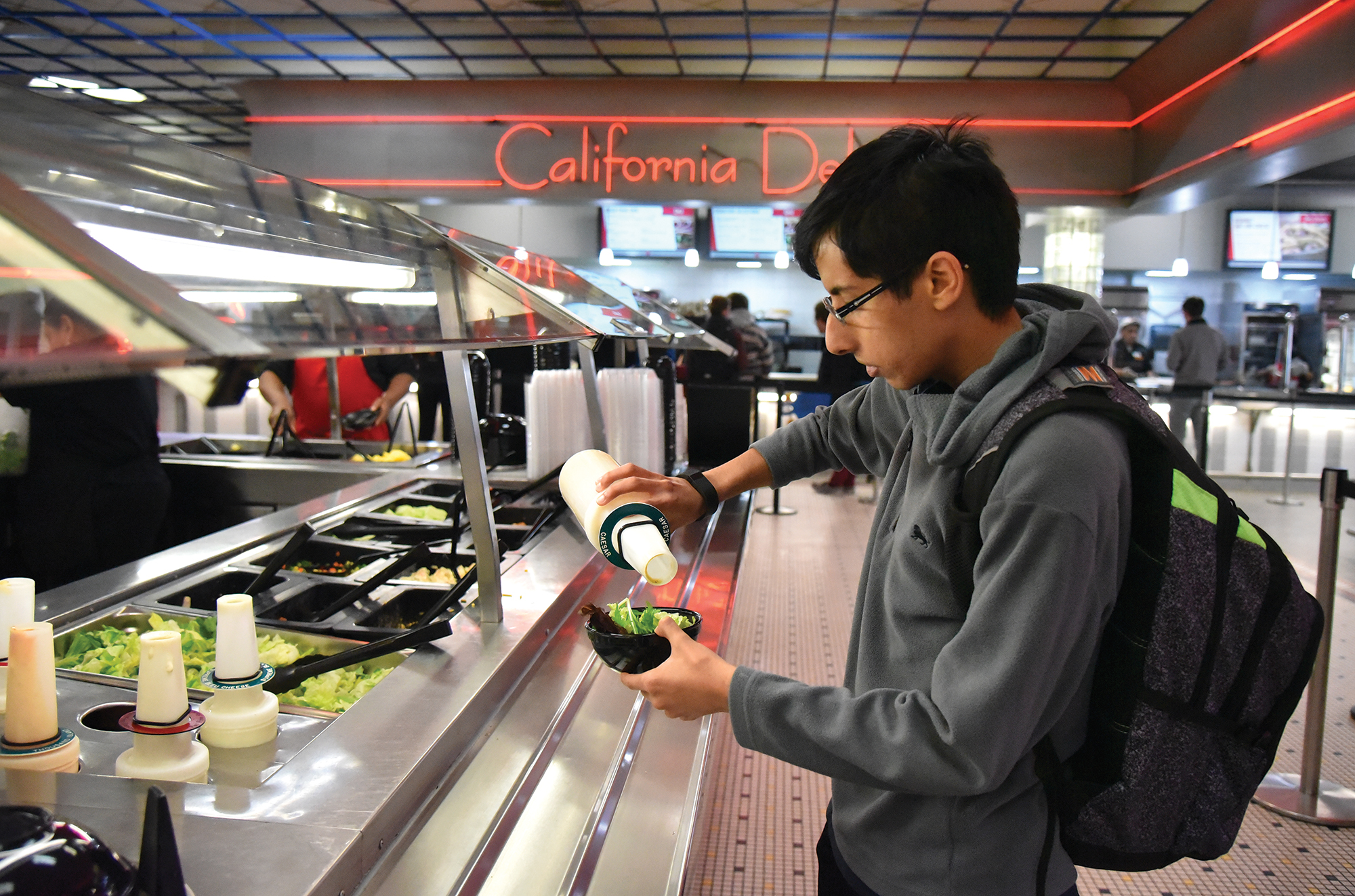Dining Services announced in January that students will need to scan their hands in order to enter the dining halls when the University of Maryland moves to an anytime-dining program in the fall.
While it sounds like a concept straight out of a science fiction movie, a similar system is already in place at several other universities — such as Virginia Commonwealth University and George Mason University, which have iris scanning systems — and is completely secure, said Dining Services spokesman Bart Hipple.
The biometric hand scanners that will be installed in this university’s dining halls — four in the North Campus Dining Hall, three in the South Campus Dining Hall and two in 251 North — over the summer will operate similarly, said Fuller Ming, the assistant director for information technology for Dining Services.
VCU added iris scanners to its dining halls in July. These scanners capture a photo of a customer’s iris and measure certain areas of the eye. Using this information, they translate 220-plus points into a number associated with a meal plan.
“Through those numbers, it creates a … hexadecimal type number, and then the image is gone, and that number is what is used to reference the dining plan in our system,” Ming said.
When users register their palms, the scanner captures an image of four fingerprints and measures the distances and points of several ridges on a fingerprint. The program will translate into a base-16 number connected to their dining plan, and then the images are immediately wiped.
The number is a combination of numbers and letters A through F and serves no purpose outside of the dining system, Ming said.
“It’s like saying, ‘What does your UID correspond to?’ It’s a number,” he said.
This university is using a company called Safran MorphoTrak for the biometric technology, Hipple said. Dining Services will be using these hand scanners instead of student IDs as a point of payment for dining hall meals.
“We need to make sure that we’re really feeding the person that has the dining plan,” he said. “UIDs can be shared and they can be used inappropriately. We know that most of our students aren’t going to do that, but it can happen and we have to protect ourselves from that.”
Dining Services hopes to get current students to enroll in the program by the end of the year, and it is working with the orientation office to enroll incoming students when they attend orientation over the summer. Some of the stored information for students or faculty who are no longer on a dining plan will be erased before the start of each semester.
If students choose not to enroll in the program, they will need to bring their student ID to the cashier on duty each time they enter the dining hall. Students who choose to use a guest pass will also need to bring their IDs to the cashier.
Sophomore Ismenia Bustillo said the idea of the hand scanners will be difficult to get used to.
“It’s kind of scary,” the government and politics major said. “I like the swipe better.”
Campus cafes and convenience stores will still require students to use their student IDs to purchase items.
“It’s definitely cool technology,” Ming said. “As a technical person, being able to learn this type of technology is always engaging.”
CORRECTION: Due to a reporting error, a previous version of this story stated that the program will translate data into a 16-digit number. The number is base-16, not 16-digits. The article has been updated.



